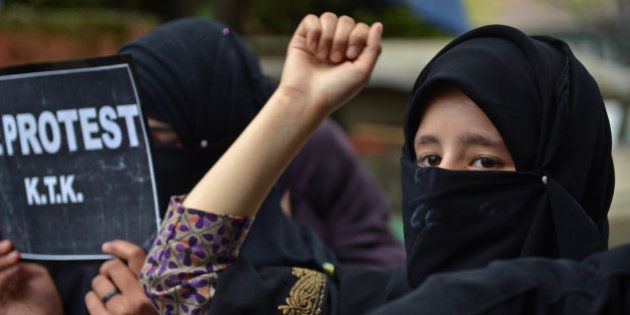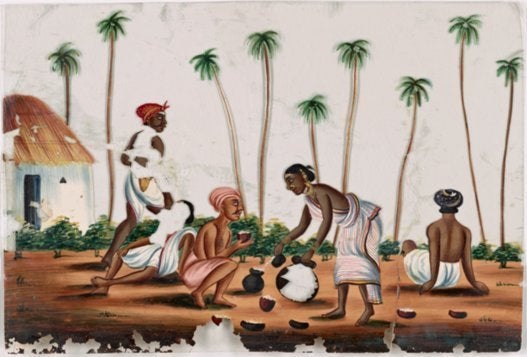
NEW DELHI -- It is often said that women’s bodies are a battleground. From the war in Bosnia to the perpetually conflict-ridden Democratic Republic of Congo, rape has been used to terrorize people in conflicts across the world. Sexual violence can also be a tool to provoke animosities and prolong fighting.
From the Kunan Poshpora mass rape in 1991 to the sexual assault in Handwara, last week, a battle in all these senses has been waged over the bodies of women in the Kashmir Valley.
During the past week, the sexual assault on a teenager in Handwara has become a tug-of-war between the Indian army and the state police on one side, pitted against Kashmiris and human rights activists.
While the state is pinning the blame on two local boys, who allegedly pulled her, slapped her, grabbed her bag, and taunted her for being interested in army men, locals say that it was an Indian soldier who harassed the teenager.
And never the two sides shall meet because arriving at the truth is complicated in the Kashmir Valley, where sometimes crime is also measured against the overarching conflict between the Kashmiri people and the Indian state.
Whatever anguish the Handwara girl may feel at being jerked around by the two sides is of little consequence in this theatre of conflict, where all sides must play out their roles: oppressed, oppressor, protestor, martyr and bystander.
The Handwara girl is cast in the leading role of the victim. She is described as the girl at the centre of the storm. She is, but, dehumanized from a person into a cause, and her body is another battleground for Kashmiris and the Indian State to clash with each other.
For quite a while now, locals have demanded that the Indian army remove their bunkers from Handwara, a stifling reminder of subjection. Among the men who came out to lob rocks at the army bunker on April 12, how many were out truly out to defend the honor of the girl, or did she serve as a potent trigger for them to drive out the army.
All sides must play out their roles: oppressed, oppressor, protestor, martyr and bystander.
The rest of us care less about the girl than the latest twist in her story, which is unfolding like a whodunnit.
These are the questions which preoccupy us: was she assaulted by two local men or a soldier? Did the police coerce her to deflect blame from the army man? Why is her mother saying that the police forced her to blame the local men? Is the father of the girl under pressure from the Indian army? Is the mother under pressure from her lawyers? Could her mother be under pressure from separatist groups?
Has anyone stopped to ask the simpler questions: how is she coping, how is her family coping, and whether she is recovering? She may choose not to share, but do we even care to ask?
In a conflict zone, where hardly anyone trusts the state, human rights activists need to probe and question. But there is an undeniable stench of one-upmanship in this boxing match over pinning blame.
An undeniable stench of one-upmanship in this boxing match over pinning blame.
Round one went to the Jammu and Kashmir police when they put up a video in which the girl said that she was attacked by two local boys, not the army. Round 2 went to the activists who sounded the alarm that the girl was pressurized by the police into deflecting blame.
Round three went to the army after the girl repeated her original statement to the Chief Judicial Magistrate. In round 4, the girl's mother said that her young daughter was under pressure from the police.
Stay tuned for round 5, which should play out today, when her mother’s petition alleging “illegal detention” of her daughter by the police will be heard before the Jammu and Kashmir High Court.
The state claims that it was for her own protection.



Contact HuffPost India
Also on HuffPost India:
